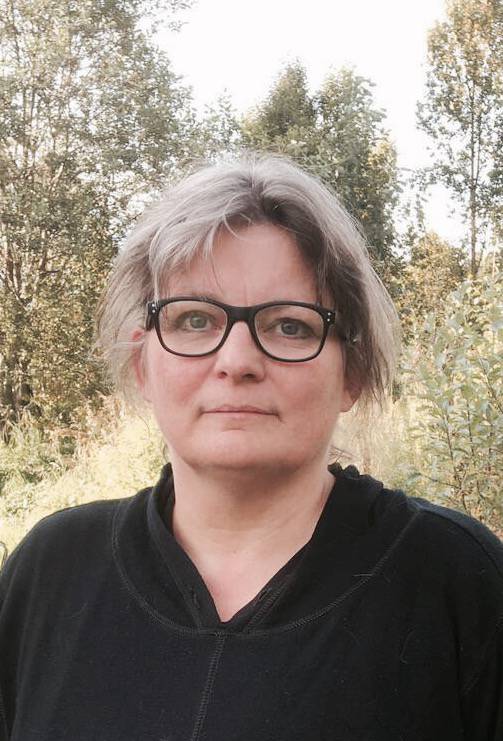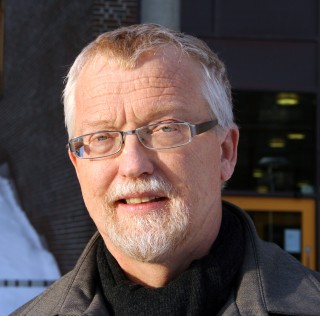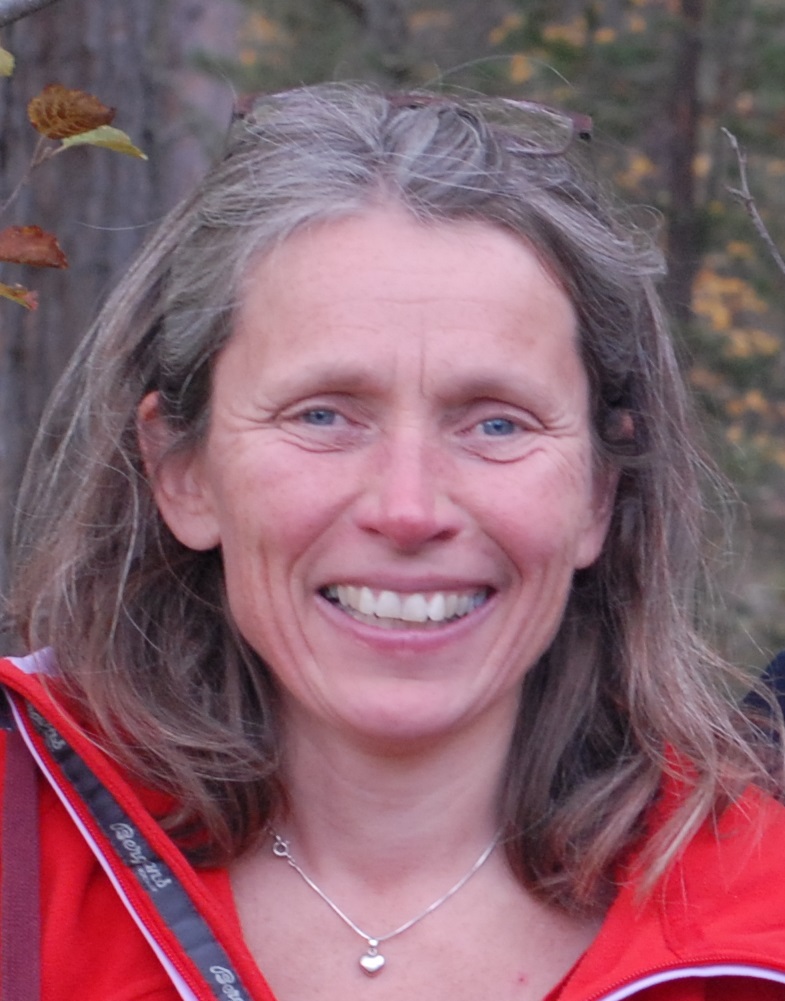HEL - Holistic Education and Learning. We focus on holistic and interdisciplinary teaching and learning in kindergartens, schools, and teacher education, which are important for the present and the future. This includes topics such as sustainability, life skills, and quality of life, Sami and Kven culture, as well as place-based and nature-based pedagogy. Our research is grounded in Sami relational perspectives and values for sustainability (Northern Sami: birgejupmi - survival) and life skills (Northern Sami: birget - to manage)
The goal of holistic education is to facilitate the development of the whole person and support their relational connection to take care of themselves, other people, and nature (Miller et al., 2019). The concept of wholeness has evolved from indigenous perspectives where nature and humans are not separate, but form a whole that mutually influences each other and is relationally connected (Virtanen et al., 2020). Holistic approaches to learning are about supporting the development of a child's various intelligences and characteristics (physical, social, emotional, cognitive, creative, moral, and individual) (Gardner, 2000). According to Parker & Thomsen (2019), characteristics of holistic learning principles include:
Holistic learning is a response to an instrumental and intellectual approach to learning. It particularly recognizes bodily and place-based experiences (John Dewey), innovation and reflection (Francis Parker), as well as finding meaning and purpose in learning through self-actualization (Abraham Maslow). Holistic thinking is based, among other things, on educational perspectives from Friedrich Fröbel (1782-1852), John Dewey (1859-1952), and Maria Montessori (1870-1952), and includes principles and values that uphold the dignity, quality of life, joy, and meaning of fellow human beings in a global and sustainable perspective.
The idea is that children learn best when they are engaged in learning experiences that are meaningful and enjoyable. Holistic learning encourages students to explore their interests and express themselves creatively in various ways. It also emphasizes the importance of the local environment, nature, and community, as well as providing children with the belief in themselves to become authentic and responsible citizens.
References
This text has been translated from Norwegian to English by ChatGTP 3.5 from https://chat.uit.no/




All publications in HEL by core members from 2019 are found here.